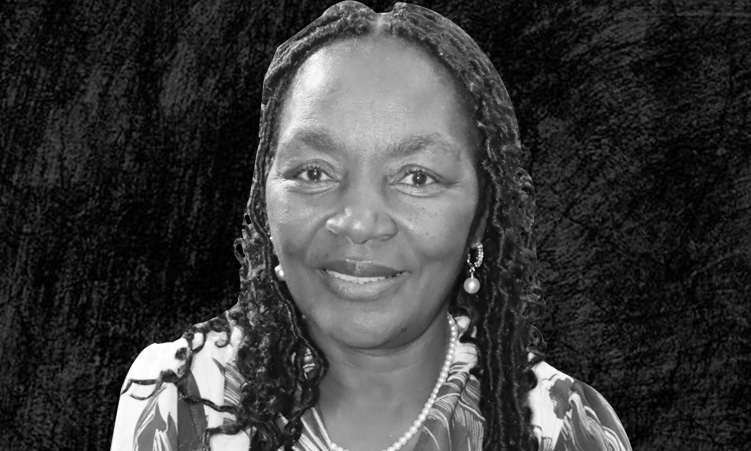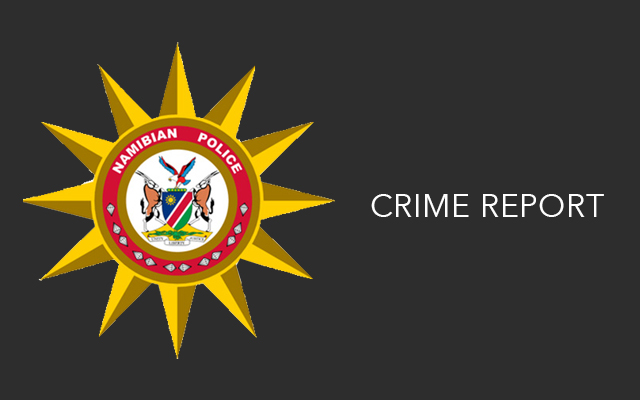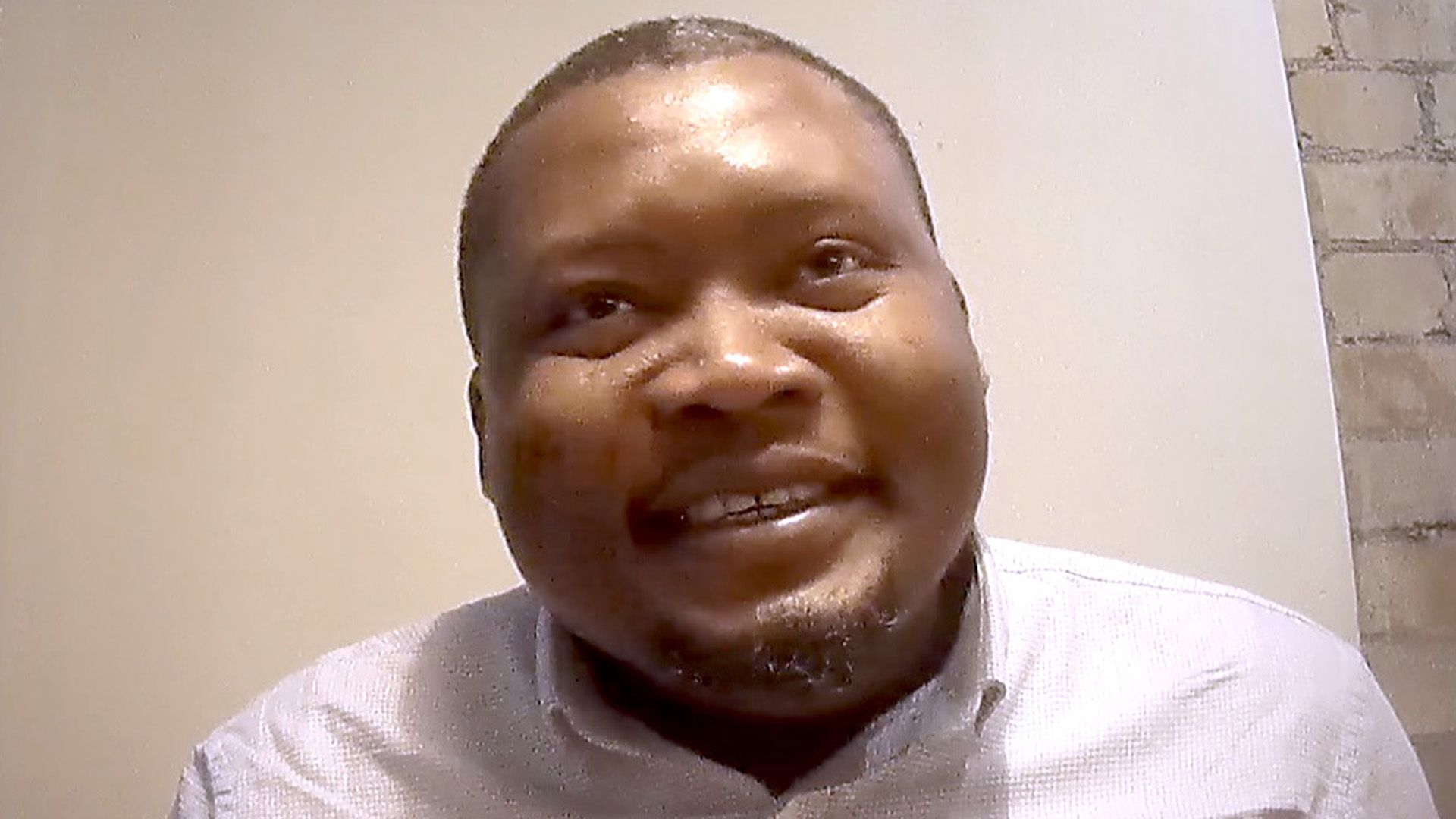The government faces pressure to balance increased spending plans with fiscal discipline, as funding gaps and past budget overruns raise concerns over debt and economic sustainability.
The minister of finance and social grants management will face pressure to balance the country’s national budget with increased spending demands.
The new government is looking at an increase in expenditure, including an Air Namibia revival plan, addressing the high unemployment rate, Euro bond repayments, and the declining quality of education – without a clear plan for additional revenue streams.
On top of that, president Netumbo Nandi-Ndaitwah and Swapo’s N$85.7-billion development plan will require approximately N$17 billion annually, exceeding Namibia’s current annual budget deficit of N$12 billion.
Key investments within this plan include N$7 billion for sports facilities, N$1.7 billion annually for youth empowerment, and N$25 billion over five years for education.
Capricorn Asset Management chief economist Floris Bergh says the new government’s focus on infrastructure development will drive spending, despite past projects that failed to yield expected returns.
He says one such example is the Neckartal Dam, which began construction in 2014 with an initial cost of N$3.4 billion.
By its completion in 2018, the cost had more than doubled from the original government estimate of N$2.4 billion to N$5.7 billion.
“There is a global theme now in fiscal policy. You hear it from the United States, you hear it from Europe, you hear it from South Africa, and now in Namibia. Infrastructure is now the keyword in all these countries,” Bergh says.
He says past infrastructure projects in Namibia, like the Neckartal Dam and fuel storage facilities, have faced significant budget overruns.
Economist Salomo Hei says over the years, funds have been allocated to operational spending rather than development.
This has resulted in many projects failing to yield returns on investment.
He says clear outcomes need to be planned for infrastructure investments.
Additionally, Hei says there is a need to bring the majority of Namibians into the economic mainstream, especially in an economy that heavily relies on income tax.
“You cannot have the majority of people not participating in the economy.
That is not sustainable,” he says.
Teresia Kaulihowa, a professor at the Namibia University of Science and Technology, says while education and health have consistently received substantial budget allocations, there is a need to prioritise quality over mere access and increased funding.
“We want to see a policy shift towards how exactly we are going to improve the quality of education, not just spending on education. The same applies to healthcare,” he says.
Much of the education budget currently goes towards operational expenditure rather than development.
Currently, the government has not outlined a plan for funding the development budget, leaving borrowing as a primary option.
Hei says borrowing is not inherently negative, provided it is used for projects that generate returns.
“We must look at a way of managing debt in a manner that doesn’t go to wasteful expenditure,” he says.
Namibia’s debt-to-gross domestic product (GDP) ratio remains below the 65% threshold, currently standing at 60%.
“There has been some level of moving the needle, but the reality is that we need to do more. I mean, our problems are not going to go away by themselves,” Hei says.
Stay informed with The Namibian – your source for credible journalism. Get in-depth reporting and opinions for
only N$85 a month. Invest in journalism, invest in democracy –
Subscribe Now!










